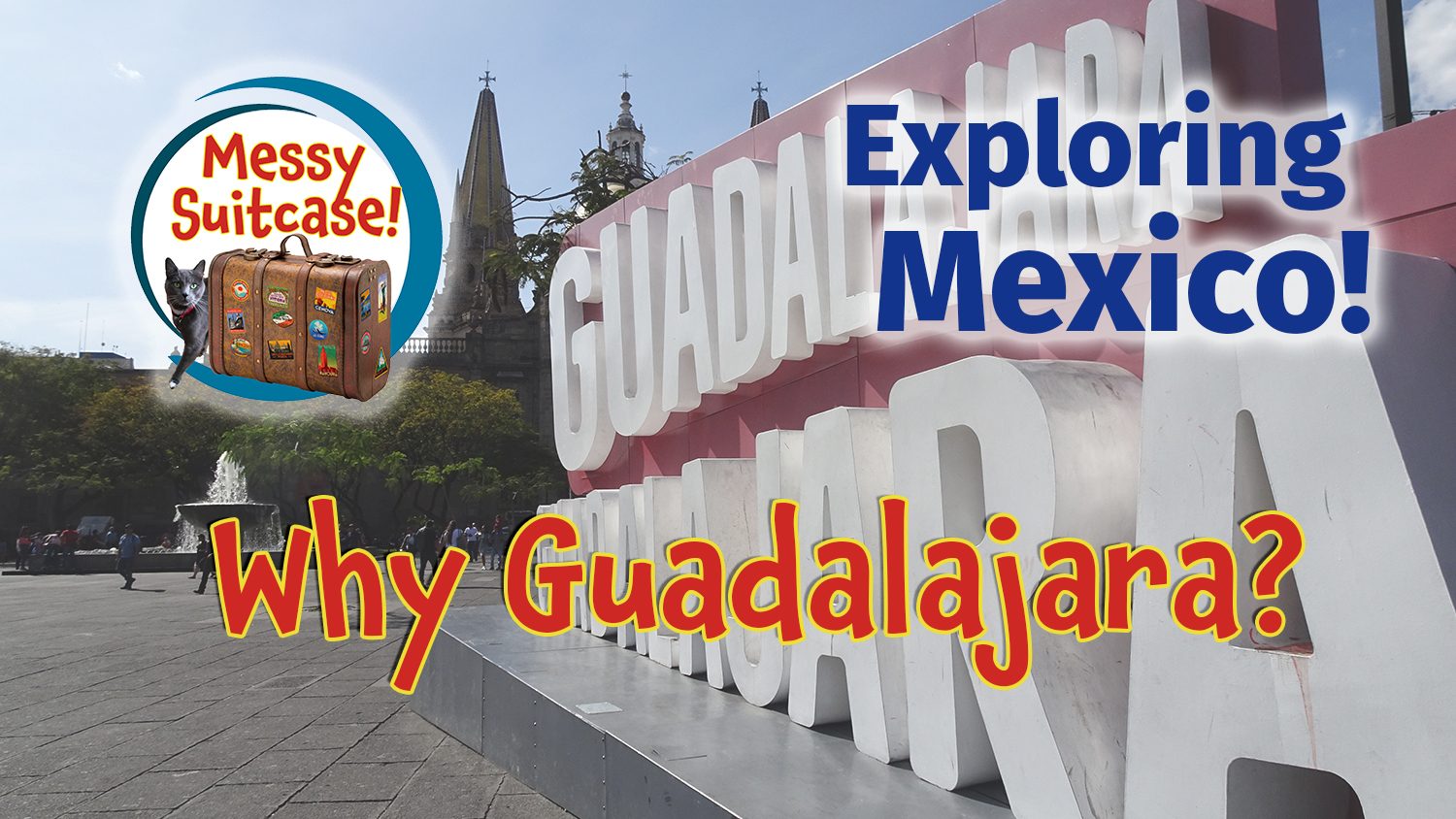Check out our latest video on the Messy Suitcase YouTube channel — Crossing The Border (a.k.a. Why was Bob fretting?)
On the Road to Mexico
How do you get 3 people, 3 cats, 3 musical instruments and multiple suitcases and bags to Mexico to start a new life? You drive. 37 HOURS.
Vermont Open Studios 2019, Part 2
Meet the Artists
We visited the studios of about 13 artists during Fall Vermont Open Studios Tour weekend. We met artists who crafted using a large variety of media, including potters, wood workers, painters and a digital artist who combined computer art with oil, markers and other media. Below is a list of the artists we visited, grouped by type of art. I have included addresses, phone numbers and websites in case you have any interest in visiting their studios or purchasing their products. Meet some of the amazing artists we encountered!
Newfane 05345
(802) 365-7874
658 Orchard St
Brattleboro 05301
(802) 257-1030
Maya worked out of an unheated barn off the grid to create pottery for the home in earth tones.
WOOD
Rich’s turned bowls and vessels, often accented with sticks, were the highest quality we saw. His dragons were amazing, but alas, not for sale.
Shrewsbury 05738
(802) 492-2244
 |
| Gerry with his optician’s stand-turned-tool holder |
Gene Felder use a noisy lathe to turn his wood, preferring instead to create artistic bowls with hand tools.
GLASS
(This wasn’t part of the Open Studios Vermont circuit, but we dropped in and got a wonderful glass demonstration.)
METAL ART
Stragnell Art
Castleton 05735
(802) 468-2327
Vermont Rocks, Original Sports Sculpture
John, a triathlete, created unique pieces comprised of native rocks and stainless steel figures of athletes, including rock climbers, runners and fishermen.
Newfane VT 05345
(802) 380-9773
PASTELS
Brattleboro VT 05301
(802) 257-0951
DIGITAL ART
Vermont Open Studios 2019, Part 1
Incredible Artistry in the Green Mountain State
We recently spent a peak fall foliage weekend visiting artists’ studios and workshops around southern and central Vermont. The quality and variety of the craftsmanship that we discovered on Saturday, the first day, was so enthralling that we repeated the expedition in a new region on Sunday.
 |
| Open Studios Map and Guide |
The Tour
studios located in or close to their homes. Some were near downtown areas (Brattleboro) or even on the main street (Castleton), but many more were in remote areas, far off the beaten path. We drove many miles up narrow mountain roads and around bends, through gold-and- red dappled fields and past squawking wild turkeys, to find studios inside barns surrounded by trees and fields. These were places we never would have discovered on our own, but bright yellow “Vermont Open Studios” signs directed us to each new discovery and beckoned us in.
| Diane Echlin’s studio |
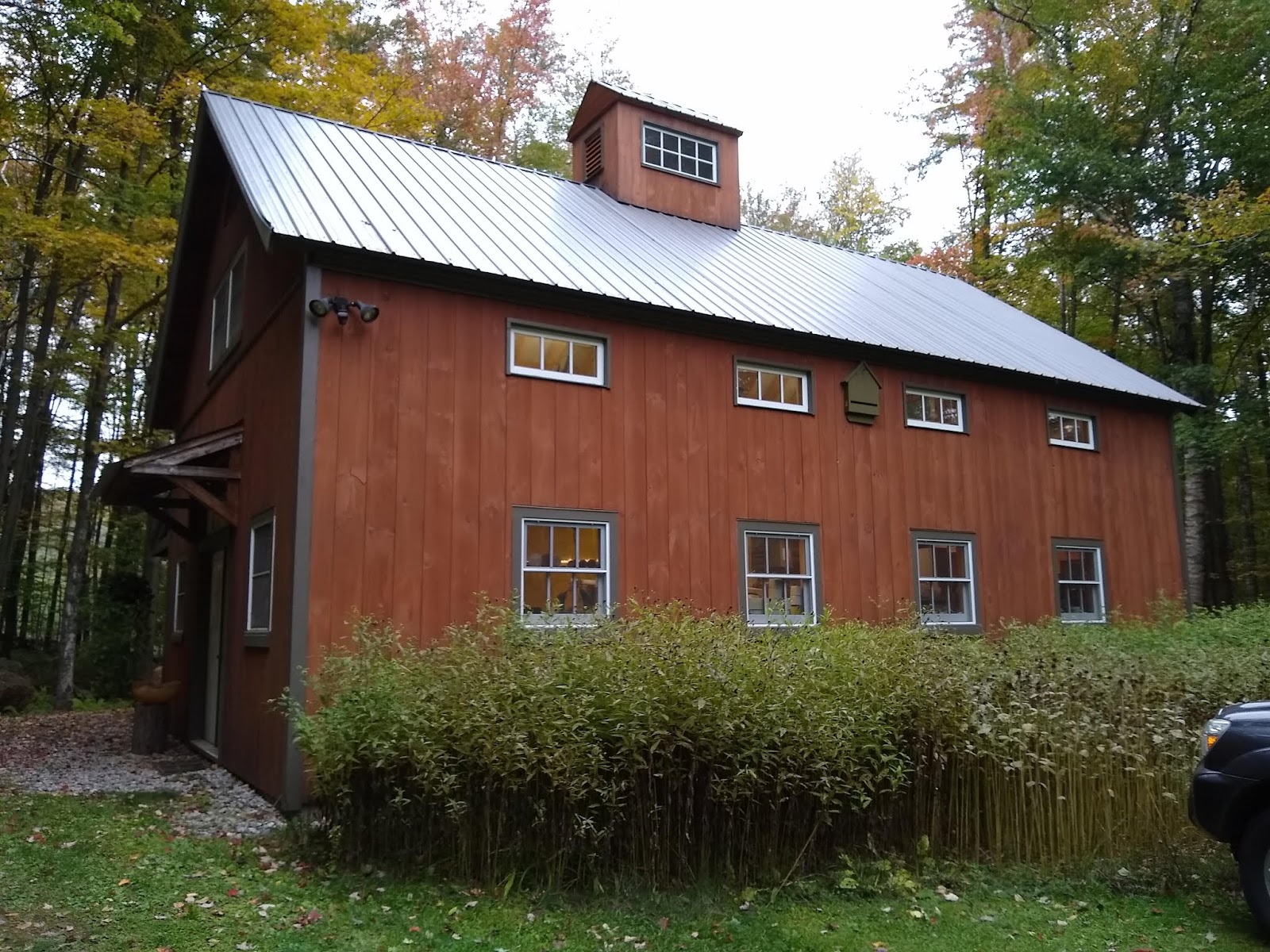 |
| Nature’s Turn’s studios |
 |
| Maya Zelkin’s off-the-grid studio |
| Orchard Street Pottery studio in Brattleboro |
The Tools
 |
| Maya Zelkin’s handmade wood-fired kiln |
 |
| Sanford Stagnell’s Hammer Machine |
The Effort
Next up:
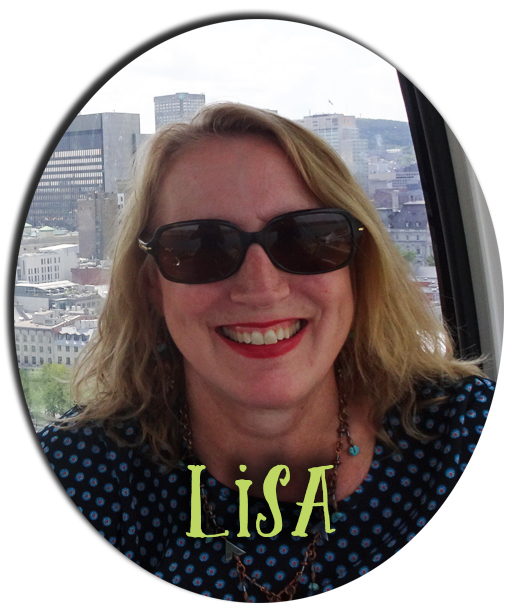 By Lisa Hamm-Greenawalt
By Lisa Hamm-Greenawalt
Messy Suitcase Video: Why Guadalajara?
Beto (Bob) is developing his video editing skills, and working on putting the many videos he has made over the past year of traveling in Europe and then Mexico up onto the Messy Suitcase YouTube Channel!
After toting his GoPro all over Mexico, and now Vermont, plus the drives back and forth, he’s just learning how to edit the footage, so please be patient, and feel to comment with words of encouragement. Each video will get better, and they will be packed with fascinating info and our illuminating comments and observations.
We’ll hope you’ll follow our the Messy Suitcase YouTube Channel, and ring the bell to be notified as we put more videos up. We are also open to new ideas!
Enjoy the video Why Guadalajara?
Two Days in Montreal – A Couple of Foodies Drinking Tequila – Part 2
Old Montreal and the Port
We enjoyed walking around Old Montreal, with its parks, old building, art galleries, shops with Canada-made items and Native American crafts, ice creameries, outdoor restaurants and friendly Canadians. At the bottom of the hill is a waterfront park with a busy bike trail, which we crossed to get to the bustling old port. There we boarded a Bateau Mouche (fly boat) for a 1½ hour tour of the Saint Lawrence River. Unfortunately, the acoustics were bad inside the boat and we couldn’t hear the bilingual tour guides information about Montreal. But the wine was decent and the views were excellent. Some of it was very industrial and reminded me of the Port of Hamburg.
| Bateau Mouche selfie |
| View of the Montreal skyline from the boat |
Notre Dame Basilica
 |
| That’s the giant organ behind me |
The plaza out front, with its buskers changing shifts every half-hour, offered a welcome surprise when we emerged from what felt like Rome to a woman singing a glorious Italian aria.
More Booze
 |
| Wayne Gretzky Reisling |
We’ll Be Back
Two Days in Montreal – A Couple of Foodies Drinking Tequila – Part 1
We just spent a whirlwind two days in Montreal, a visit that was barely long enough to get a taste of this fascinating, bilingual city and want to come back for more. We loved it!
A European-Feeling Capital
| Night view |
Alas, all the walking we did made our legs too tired to run, or even
walk, to the mountain, so we had to be satisfied with the view.
Ideal Weather
First-Class Food
 |
| I had cauliflower tacos with chipotle cream and spicy black bean |
 |
| Bob had tacos al pastor |
Our last dinner was a Paradiso in the Old City, where we enjoyed lasagna and pesto while watching the world go by.
choices sometimes: I took the French option. Oh, la la!
Gifted Bartenders
| Rum and coke at the Observatoire, 44th floor |
| View from the rooftop bar |
 |
| Drinking palomas, overlooking the Old Port |
| Recipe for palomas |
 |
| Luc and Patsy |
By Lisa Hamm-Greenawalt
Hiking on Vermont’s Long Trail
Did you know the Appalachian Trail was inspired by Vermont’s Long Trail? Beto and I discovered this after a couple of recent hikes on the Long Trail, the oldest long-distance hiking trail in the United States. Known as Vermont’s “footpath in the wilderness,” the 272-mile Long Trail runs from Massachusetts to Canada, with 166 more miles of side trails.
Built by the Green Mountain Club between 1910 and 1930, it follows the main ridge of the Green Mountains and crosses Vermont’s highest peaks. The Appalachian Trail coincides with the Long Trail for 100 miles in the southern third of Vermont, including around Ludlow, where we are staying. It is not for the faint. Crossing high peaks means a lot of up and down. And we have discovered it can be tricky.
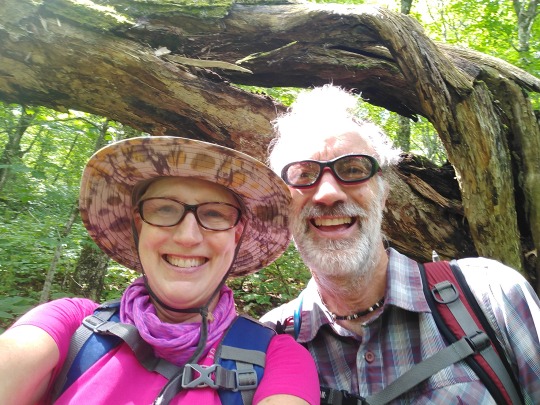
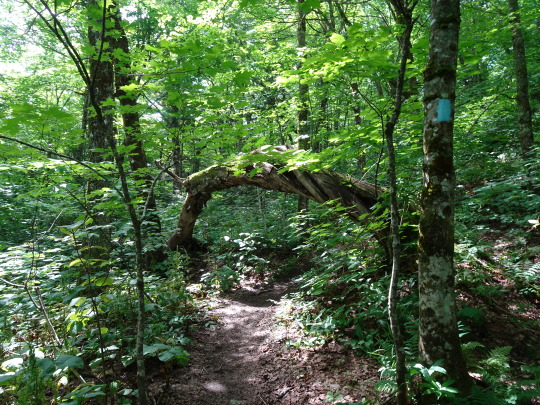


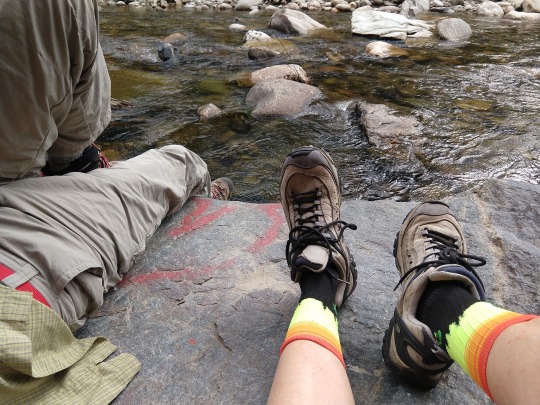
Casa Estrella: Our Hillside Home in Guanajuato
It’s a shame we ever stayed at Casa Estrella: We will never be happy anywhere else again.
Thanks, Donna
three cats and two bikes.
Car- Friendly
Pet-Friendly
| Kaylee |
| Equinox and the Monk statue |
| Smoitie in the kitchen |
One day, Casa Estrella’s resident cat Toby, who was the spitting image of our old cat Jiji who died in 2012) except for a scarred right eye, came to the door and meowed loudly, as though asking our cats to come out and play. Lex and I did just that, hanging out on the stairs petting Toby for a long time. Toby belonged to Inge, a Dutch retiree who dispensed wellness advice, astrology readings, and essential oils from her little apartment across from the fountain below us. The cats never met him.
People- Friendly
Casa Estrellita
| My favorite breakfast spot |
The kitchen was large and well stocked. The dinnerware consisted of individually crafted, hand-painted ceramic plates, bowls and mugs from the local Gorky Gonzalez Pottery Studio. The rest of the house was also filled with decorative pottery – on shelves, walls, the bar, along the steps and even on the fireplace mantle—from Gorky Gonzalez, Mayolica Pottery of Santa Rosa, and other local artists.
| Catrina |
| Mayolica |
| Mayolica |
The Grounds
Wellness
Torture and Death in Mexico
We visited three morbid museums that reflect a certain
obsession with death and torture in Guanajuato, Mexico.
El Museo de las Momias de Guanajuato
(The Mummy Museum)
of the old city displays scores of naturally mummified bodies found to be in surprisingly good shape when they were disinterred to make room for new bodies in the cemetery above.
“Man must open himself to death if he wants to open himself to life.
The cult to life is also cult to death.
A civilization that denies death ends up denying life. “
























